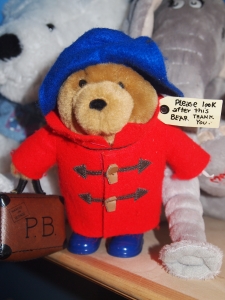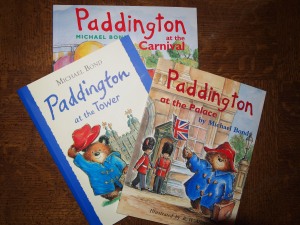As I prepare to launch two different series of blog posts in the coming weeks that will assist parents in raising bilingual children in the most enjoyable and productive ways, I have realized that a basic formula as well as an overview of two popular approaches to raising bilingual children would be helpful to my readers in following the upcoming series and getting the most out of them.
Here is my easy-to-remember formula for raising bilingual children:
Passion + Patience + Perseverance + Planning + Partnerships + “Pesos”
If you analogize your language journey with your child to a sailing endeavor around the globe, then you will better understand why you will need the 6 P’s to raise a bilingual child. The more PASSIONATE you are about your world language endeavor, the farther you will travel. With PATIENCE you will make the progress needed on your journey. PERSEVERANCE will keep you from sinking and keep you sailing. Constantly PLANNING and planning ahead will get you where you want to end up. Building strong bonds and PARTNERING with the people on your vessel will ensure an enjoyable and memorable journey, and of course some “PESOS” will come in handy to buy fuel, food, and supplies along the way.
Bilingualism and Biliteracy:
In my experience, I have seen parents shy away when they hear the expression “raising bilingual children” immediately thinking: “I could never accomplish that feat! I’m not bilingual myself.” Or, they think that bilingual is overwhelming as they believe bilingual means proficient. In both cases, it is important to note that bilingualism does not always mean proficient or biliterate. Bilingualism is typically viewed as having the ability to use two languages. With respect to children, I would go further to say that bilingualism is having the age-appropriate ability to use two languages. I am hoping that my definition will appease and encourage both sets of parents.
If you have taken the approach of teaching your child your heritage language via what some of my friends call “the organic approach” by speaking with them, reading to them, listening to music, watching TV shows and movies in the heritage language, as well as traveling abroad to visit and communicate with relatives in the heritage language, then you are successfully raising a bilingual child as long as he has the ability to use both languages. Whether you have planned it or not, your child will most likely and naturally have a desire to become literate in the heritage language as he gets older and is intrigued by the written word.
On the other hand, if your intent is to help your child acquire a second language and become biliterate as well as bilingual, then, in addition to some of the activities listed above, you are probably finding and implementing ways to ensure that your bilingual child learns to read and write at the appropriate time. I have blogged about literacy in the target language in my earlier post: The Right Time to Start Writing in the Target Language
In sum, how or when your child becomes biliterate really depends on your child, his comfort level with reading and writing, and sometimes the complexity of the target language.
Whether or not you are currently promoting biliteracy at home with your child, my upcoming series of blog posts will help you in your endeavor to raise bilingual or multilingual children by providing My Top Ten Tips and Tools for Raising Bilingual or Multilingual Children of All Ages. Most of which were tested and tried on my children and proven to be successful and fun. (My older child is almost 9, so any tips for tweens and teens will be based on research and suggestions from exceptional professionals in the field of language learning and other multilingual families).
Always remember to keep this endeavor fun for the whole family to get the most out of it!!!
If you have not yet subscribed for your weekly blog posts, this is the time to become a follower by entering your e-mail address and subscribing as you won’t want to miss the upcoming series of My Top Ten Tips and Tools for Raising Bilingual or Multilingual Children of All Ages.
Grazie!
Buon Viaggio!





